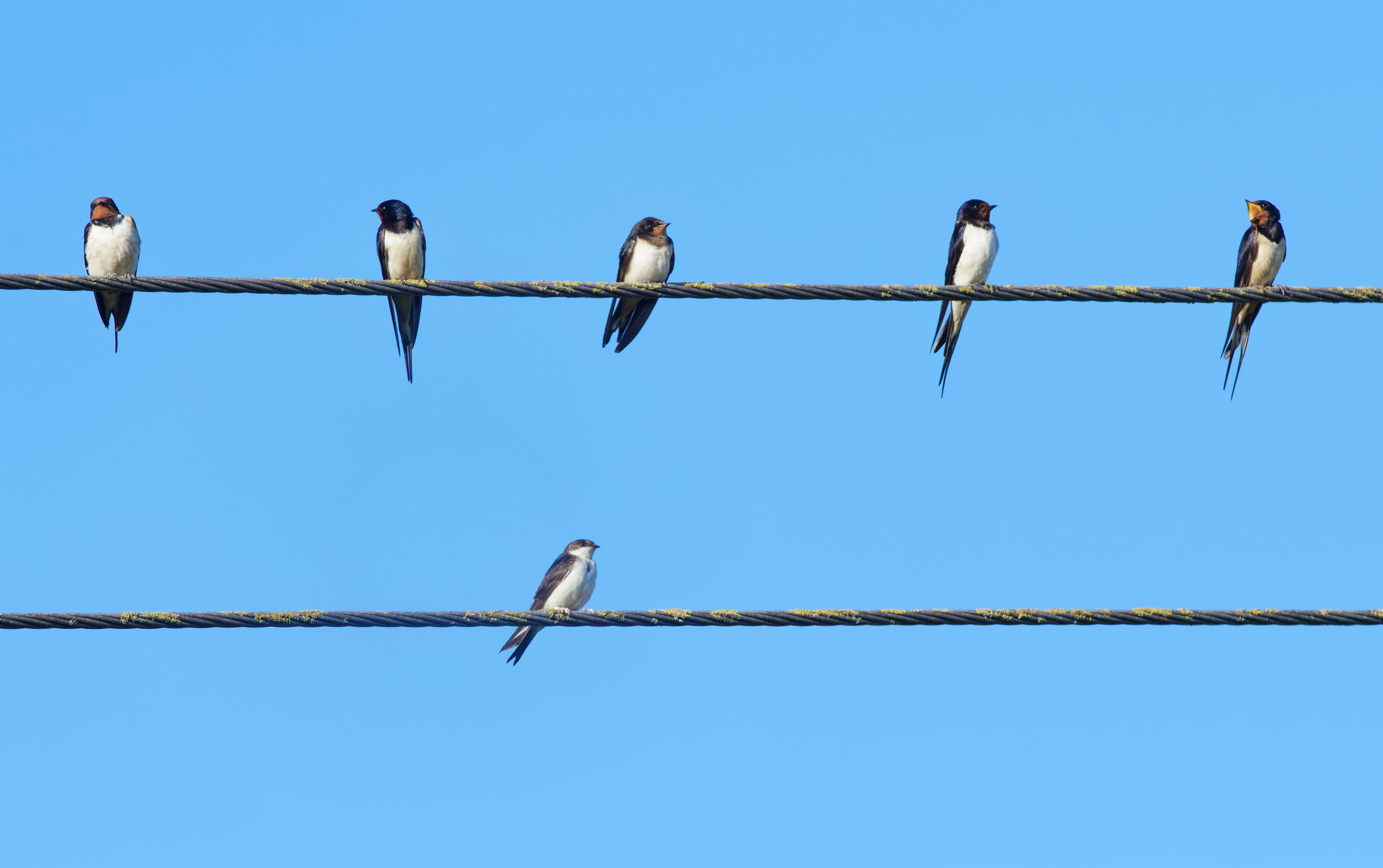People urged to create habitat for insects to help swallows, swifts and martins
Householders are also being encouraged to install nest boxes in a new campaign to help the migratory birds.

Your support helps us to tell the story
From reproductive rights to climate change to Big Tech, The Independent is on the ground when the story is developing. Whether it's investigating the financials of Elon Musk's pro-Trump PAC or producing our latest documentary, 'The A Word', which shines a light on the American women fighting for reproductive rights, we know how important it is to parse out the facts from the messaging.
At such a critical moment in US history, we need reporters on the ground. Your donation allows us to keep sending journalists to speak to both sides of the story.
The Independent is trusted by Americans across the entire political spectrum. And unlike many other quality news outlets, we choose not to lock Americans out of our reporting and analysis with paywalls. We believe quality journalism should be available to everyone, paid for by those who can afford it.
Your support makes all the difference.Householders are being urged to install nest boxes and create garden habitats to boost insect numbers to help swallows, swifts and martins.
A joint initiative by the Wildlife Trusts and the Royal Horticultural Society’s (RHS) Wild About Gardens campaign aims to boost numbers of the migratory birds, which arrive in the UK for the summer each year.
Swifts and house martins have both recently been added to the UK red list of threatened birds, having suffered serious declines.
Migratory birds are being hit by significant falls in insect numbers, loss of habitat and extreme weather due to climate change.
In their new “wild about highflyers” campaign, the charities are giving gardeners tips on how to help swallows, swifts and martins, including creating a bog garden with plants such as marsh bedstraw and purple loosestrife to provide habitat for insects and nest-building material.
Just letting a patch of grass grow long provides vital habitat and food for insects, which the birds feed on, and other wildlife, the groups said.
And householders can add a swift box to an existing house or include a swift brick – which builds nesting accommodation into walls below the eaves – in a new build property, to provide the birds with somewhere to rear their young.
Swift boxes are best placed facing north/north-east to help regulate the internal temperature and situated at least five metres above ground, the advice says.
With a bit of diversity and structure, a garden can become a haven for all kinds of wildlife, providing nesting sites, shelter and food
Dr Rob Stoneman, director of landscape recovery at the Wildlife Trusts, says: “Swifts, swallows, and martins are some of our most iconic breeding birds.
“Watching and hearing these creatures soar through the sky is an uplifting spectacle, and an experience that leaves you totally in awe of nature.
“Sadly, these birds – like much of our wildlife – have suffered severe declines in recent decades due to habitat loss and plummeting insect numbers, which are affected by pollution, the impacts of development, and climate change.
“With a bit of diversity and structure, a garden can become a haven for all kinds of wildlife, providing nesting sites, shelter and food.
“It’s all about being creative, ditching all chemicals, and letting things go a bit wild.”
Helen Bostock, senior wildlife specialist at the RHS, said: “Anyone lucky enough to share their homes with nesting swallows, swifts or house martins will understand how magical these birds are.”
But she said the birds were vulnerable, with the numbers returning each summer dropping year on year.
“The UK’s 30 million gardeners have an important part to play in helping revive their populations – from tailoring planting choices to include insect favourites and embracing bare patches for the benefit of nest building, people can make small-scale changes that will reap big rewards,” she said.